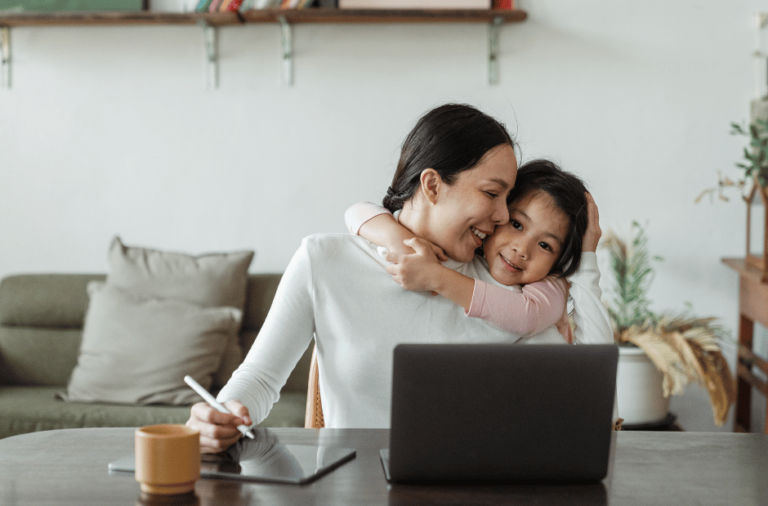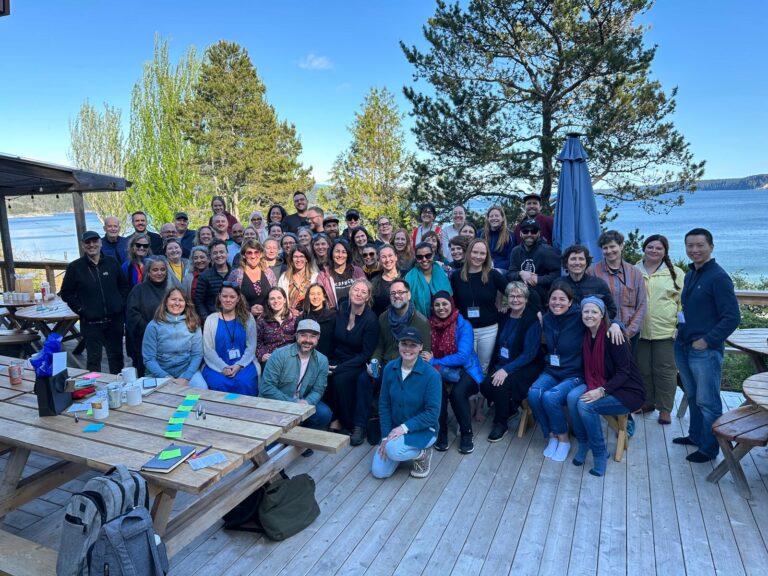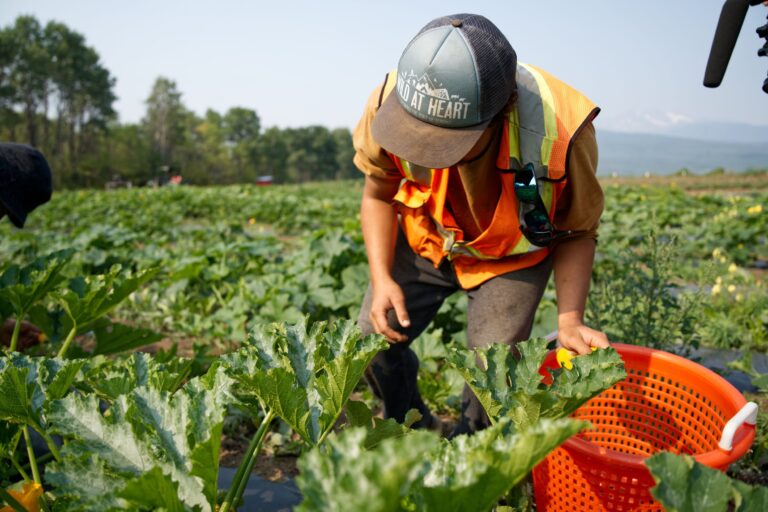23 November 2017
Community Planning for all Community!
Karen Lai is an Inclusion and Accessibility Consultant, helping governments, businesses and NGOs understand and act upon improving their outcomes by engaging the whole Community. She is a collaborator and guest blogger here for Urban Matters CCC too! She can be reached at Karen.Lai@telus.net, and at 604-889-7961.
When facilitating a community engagement process, quite often, the segment of the population left out is people with disabilities. Access services, such as interpretation, large print, or the physical accessibility of a location are not publicly acknowledged when promoting an event, and often people that require these services don’t participate as a result.
Since birth, born with Cerebral Palsy, I have always been intrigued about the division between who is included and who is not included. Due to my disability, I have lived with physical challenges that affect my co-ordination, balance, motor dexterity, and speech. These aspects have often led me to be excluded from mainstream activities in recreation, school, and other areas. As well, I continue to be confronted by barriers such as assumptions that I am dumb, hearing impaired, unable to work, or unable to live independently. This is simply not the case.
I enjoy participating in community discussions, especially related to accessibility and inclusion. But a discussion that allows people to respond in a ‘popcorn’ style doesn’t work for me, as living with speech impediment also affects how quickly I can respond. I often get ignored or left out because there isn’t space for me to speak and be listened too (especially in sometimes controversial conversations when participants often get heated up), and there is no space for me to get in a word edgewise. To be more inclusive, discussions need to be well organized so that all can participate. Talking sticks, raising hands, numbers assigned to speak or providing a list for reserved speaking/sharing opportunities allows space for everyone to contribute.
I now work with many organizations, including Urban Matters, and businesses to ensure that all people with disabilities are included in all aspects of community, whether it is school, work, volunteer, or participating in everyday community. I have dedicated about 20 years working directly with people with disabilities and making sure that they are part of their community.
Valuing People with Disabilities as Part of Community
Ensuring that people with disabilities, both cognitive and physical, are at the table when talking about community issues is critically important to me. Unfortunately, this seems easier said than done, and including people with disabilities tends to be an afterthought.
I believe that this current reality dates way back to times in history when many were often forced into institutions or asylums under claims that a better life is available to them in this environment. The long term effects of this kind of behavior remains today where people with disabilities are thought to be victims, in need of support, unable to work, live, or play independently. We see many people with disabilities requiring the need of a support worker, relying on social assistance, or not participating in their workforce. However, this picture doesn’t have to be so bleak if the perspectives shifts allowing us all, those living with disabilities and those without, to work towards new potential.
An open and welcoming environment has to be created to allow for people to feel comfortable to express their thoughts and ideas. A space where power dynamics are eliminated and people with disabilities are well supported and valued to represent themselves. A space where people can request the access services they require to fully participate in the conversation. A space where people can be authentic and true to themselves, and not to be judged, discriminated or belittled in anyway. We can do this!
The inclusion of people with disabilities is definitely a two-way street too. It is about working together. The environment needs to be open and welcoming, but people with disabilities need to have the skills, courage and support systems in place to be included in the process too. There’s a famous quote that suggests that ‘no one will ever understand until they have walked a mile in my shoes’. It is with this understanding that people with disabilities should be willing and be open to share what they require to fully be able to participate in community. The fact is that we do live in a very ‘able-bodied’ world, and those with disabilities may need to understand that they have the unfortunate reality of educating others about what they need and how to access it. It is just the reality. But it is through constant conversations that it will soon become common practice of being accessible and inclusive.
There needs to be a shift in perspective from both sides. Some people with disabilities need to accept their vulnerabilities and voice that they may need some access supports. Then those without disabilities needs to continue to have an open mind to accept the vulnerabilities and develop strategies to find ways to include all people. The fact is that there won’t be any event that will meet everyone’s needs. However, there is room for improvement and both sides can work together to work towards making sure that everyone is included as much as possible.




